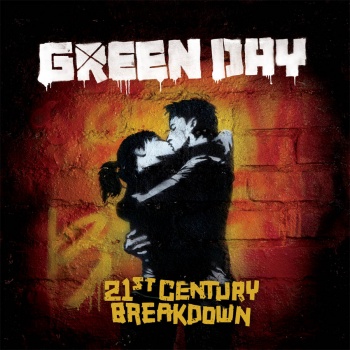Computer Guitar Amp Simulators
Contents |
General Information
Original Author: Staffay
Weapon: Guitar/Bass Computer Amp Simulators
Make: Various
Introduction
Guitar/Bass Amp Simulators (from now on "GBAS" for short) modelled by computers has been around for quite a while, and the market has exploded in the last couple of years. The battle seems to stand between two actors: IK Multimedias Amplitube and Native Instruments Guitar Rig, even that there are many other's that might be as good as them. The critical point in emulating a guitar amp is actually the dynamic response and the behaviour of a real amp - it responds different according to the way the player play's - for instance, how hard he/she hits the strings. According to this, it's in general obviously "easier" to emulate heavy distorsion than a clean sound since distorted sounds has pretty much the same level (e.g is more compressed), no matter of how the player plays.
Technology
The manufactors of GBAS's often refers to "algoritms" and "DSP"-techniques with their own cryptic name's. What it's all about is in fact no rocket science, since the computer is used to do the signal processing. It's pretty easy to measure what happens with the output of a tube or transistor (by Voltage means), and this can then be recreated using computer technolgy. The problem herein lies in that the other components that makes up a sound - such as speakers, guitars, rooms, microphones and of course who is playing also is a big part of the sound. Therefore, there is no "easy" solution when trying to emulate a sound. One thing that also must be considered by the manufactorers, is that most users doesn't have a state-of-the-art computer, and the software shall be able to run on most computers. Another problem is that most users are using sampling frequencies at 44,1 and 48 kHz in their DAW's, so therefore must the emulator work under the same conditions - e.g the dynamic range will suffer.
Different approaches
Some manufactors build their emulator's on the single amp function, how it sounds when the sound comes from the speaker - while other tries to emulate the whole chain of gear that is actually in the signal path. The latter approach of course is much more CPU-intensive. What is the best is very much a matter of taste, and so is of course the whole range of emulators. In my opinion, compared to the "real" world, I rather have a computer amp with just bass, middle,treble that sounds good than stacks of effects, microphones, cabinets etc.






